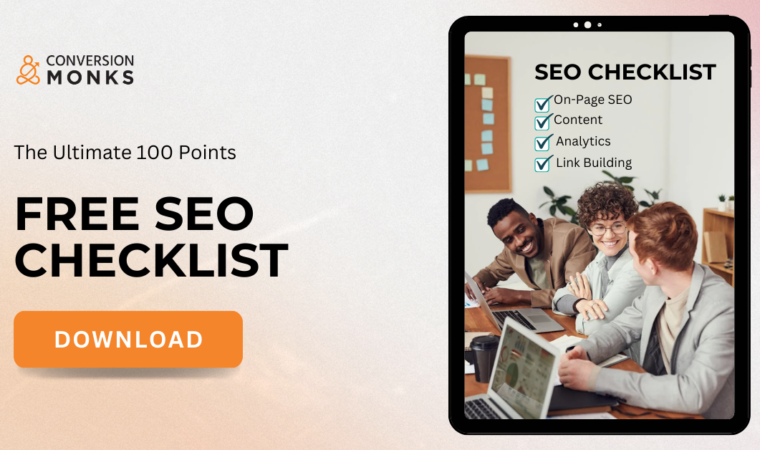SEO for Law Firms: How to Boost Your Legal Practice’s Online Visibility
In today’s digital world, a strong online presence is essential for the success of any law firm. Whether you specialize in personal injury, family law, or corporate litigation, prospective clients are increasingly turning to Google and other search engines to find legal help. If your firm isn’t ranking high on search engine results pages (SERPs), you’re likely missing out on valuable leads and clients. SEO can help your law firm rise above the competition, attract more traffic, and ultimately convert visitors into clients. In this blog post, we’ll dive into the key strategies that can significantly improve your law firm’s SEO and visibility online. Why SEO Matters for Law Firms Search engine optimization is the process of optimizing your website to rank higher in search engine results for relevant keywords. For law firms, this can mean ranking for terms like “personal injury lawyer,” “family law attorney,” or “criminal defense lawyer.” Here’s why SEO is crucial for your legal practice: Conducting an SEO Audit for Your Law Firm’s Website Before jumping into SEO strategies, it’s crucial to assess your current website’s performance. An SEO audit helps identify issues that may be hurting your rankings. Here’s how you can start: Keyword Research: The Foundation of SEO for Law Firms Keyword research is the cornerstone of SEO. Without targeting the right keywords, your content won’t reach the right audience. Here’s how to conduct effective keyword research for your law firm: On-Page SEO: Optimizing Your Website’s Content On-page SEO refers to the optimizations you can make directly on your website to improve its rankings. Here are key strategies for optimizing your law firm’s website content: Content Marketing: Establishing Authority in Your Field Content marketing is an ongoing strategy that can position your law firm as a trusted authority in your field. Here’s how to leverage content for SEO: Local SEO: Dominating Your Area’s Search Results For law firms, local SEO is critical. Prospective clients often look for attorneys near them, and local searches are more likely to result in conversions. Here’s how you can optimize your law firm’s local SEO: 1. Google Business Profile: The Cornerstone of Local SEO Google Business Profile (formerly Google My Business) is one of the most powerful tools in local SEO. It’s a free tool that allows businesses (including law firms) to manage their online presence across Google, including in search results and Google Maps. For law firms, a well-optimized Google Business Profile (GBP) can significantly enhance local visibility and drive more targeted traffic. Here’s how to optimize your GBP: Claim Your Google Business Profile Optimize Your Profile Encourage Reviews Use Google Posts Monitor and Update Your Profile 2. Yelp: Building Reputation and Local Presence Yelp is another powerful tool for law firms in local SEO. Yelp is widely used by consumers when choosing a service provider, including legal professionals. A strong Yelp profile can help attract more clients while boosting your search engine rankings. Here’s how to use Yelp to improve your law firm’s local SEO: Create and Optimize Your Yelp Profile Get Client Reviews Yelp’s Impact on Local SEO 3. Building Local Citations and Directory Listings Local citations are online mentions of your law firm’s name, address, and phone number (NAP) across various online directories and platforms. They play an important role in local SEO, helping Google verify the legitimacy and location of your business. What Are Local Citations? Local citations can appear on platforms like: How Local Citations Help Your SEO How to Get Local Citations Link Building: Boosting Your Site’s Authority High-quality backlinks from authoritative sites are a key ranking factor for Google. Here’s how to build backlinks for your law firm: Tracking Your SEO Efforts and Measuring Success SEO is not a one-time effort but an ongoing process. It’s important to track your progress and adjust your strategy as needed: Ethical Considerations for Law Firm SEO While SEO can be incredibly effective for law firms, it’s essential to adhere to ethical guidelines set by the ABA (American Bar Association) and state bar associations. Avoid any deceptive or misleading tactics, such as using fake testimonials or engaging in black-hat SEO practices like keyword stuffing. Be transparent in your online marketing and always prioritize client confidentiality and professionalism. Conclusion SEO is a powerful tool that can help your law firm stand out in a competitive market. By optimizing your website for the right keywords, focusing on local SEO, creating valuable content, and building quality backlinks, you can significantly improve your online visibility and attract more clients. Remember, SEO is a long-term investment that requires continuous effort, but the rewards—more traffic, more leads, and ultimately more clients—are worth it. If you’re ready to take your law firm’s SEO to the next level, consider reaching out to an SEO expert or agency like Conversion Monks that specializes in law firm marketing. They can help you implement a tailored strategy that suits your firm’s specific needs and goals.





